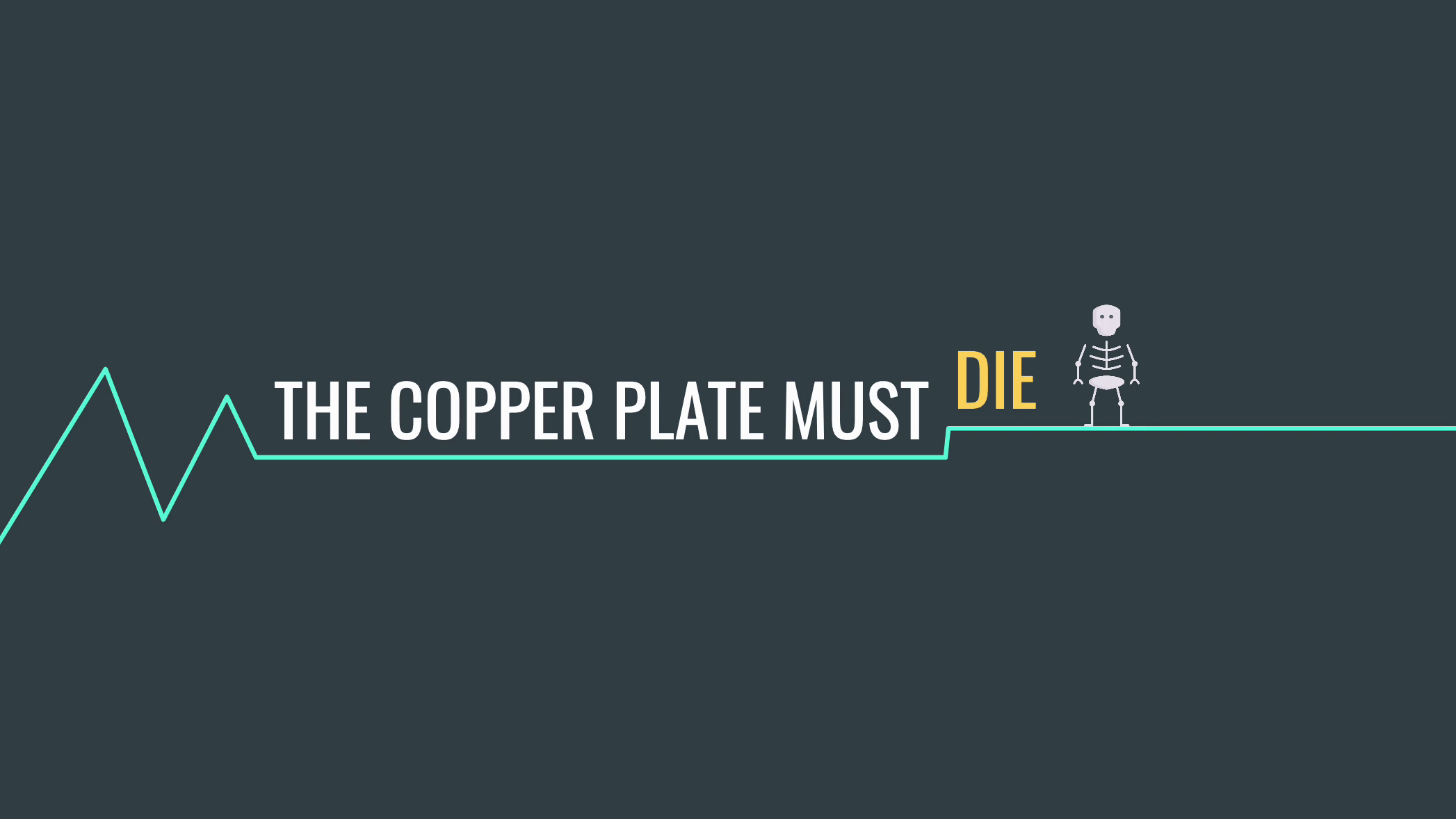A Pretty Visualisation of the European Power Grid
This is a map of the European electrical transmission network. Each dot is a connection point where all the consumption from nearby settlements connects to the network, as well as all electricity generation from nearby power plants.
- 🥒 Green dots mean more generation than consumption, so they export power to the network
- 🍇 Purple dots mean more consumption than generation, so they take power from the network
- ▲ Triangles show which way the power is flowing
- 🕹 Hovering over the triangles shows how much power is flowing through the power lines, and each line's total capacity
The numbers shown above are the results of running an optimisation algorithm. Its aim is to find optimal power flow. It goes like this:
I pick a date, and I ask the algorithm to calculate:
- which power plants should produce how much power
- for each 2-hour slot in that day,
- so that the total cost is minimal,
- and all power consumption is covered
To do that, for each connection point and each time slot, the algorithm gathers all the inputs first:
- 💻💡 Get total consumption from the nearby settlements and industry
- 💶 Get the price of generation per MW for solar, wind, hydro, coal, oil, gas & nuclear
- 🏭 Get the total generation capacity available at each point for the old-school power plants (gas, coal, nuclear, etc.)
- ☀️💨 Calculate how much the sun is shining, the wind is blowing, and the rivers are flowing (from historical data for the date I picked), based on which it can
- ⚡️Calculate how much solar, wind and hydro power plants can generate at most
- 🔌 Get how much power each power line can transfer at most
And then it just starts guessing how much each power plant should produce, while making sure that all of the above adds up right. It keeps guessing and improving its guesses until it finds the minimum cost of generation that satisfies all of these conditions.
If you then add up all the power generated at each point, and subtract all the power consumed at each point, you get the numbers which pop up if you hover over the dots.
Where'd You Get the Data? 🥸
The data comes from pypsa-eur, a research paper which is to my knowledge the best summary of the European power grid data that is currently publicly available:
A huge thanks to Fabian Neumann and everyone else from Professor Tom Brown's research group behind pypsa-eur - for the great software, great documentation, and for gathering and prepaing all the data.
The little bit of code that I had to write on top of pypsa-eur to make that pretty-ass map above can be found here:
Is This Real? 🦦
The math behind it is real, and it uses the same calculations that real grid operators use to keep the lights on. However, the amount of power that each power plant actually produces depends on the price they offer. This price varies wildly from hour to hour, and neither the price nor the power amount is publicly available.
Instead, pypsa-eur makes assumptions on prices for solar, wind, coal, nuclear, etc. based on historical averages, and then runs an optimisation algorithm to cover all consumption for the least cost of production. In short:
It's the real way of calculating who produces how much, and how the power flows in that case;
but it's calculated based on data that is not real.
For a full discussion of the limitations of the model, have a look at chapter 4 of the original pypsa-eur paper:

Why Does This Matter? 🤷♀️
TL;DR: we can delete most of the emissions of the developed world today by switching heating & car and truck transport to electrical - if we make sure we generate all electricity with near-zero emissions. Just building more renewable generation won't solve it though, as you still need to make sure it covers all consumption everywhere. This map intends to show why that's a complicated problem, and why we should also be smart about where we build renewable generation so that most of the generated energy can also be used and not thrown away because the grid can't handle it.
I wrote a less condensed explanation of this problem in another post:




